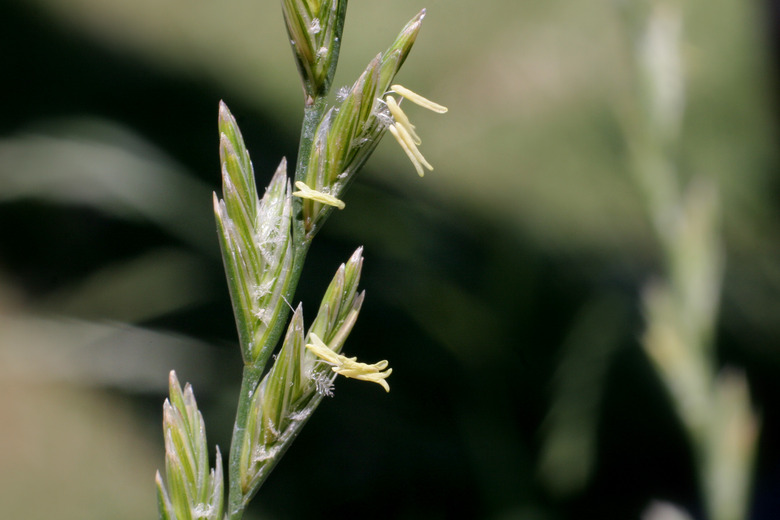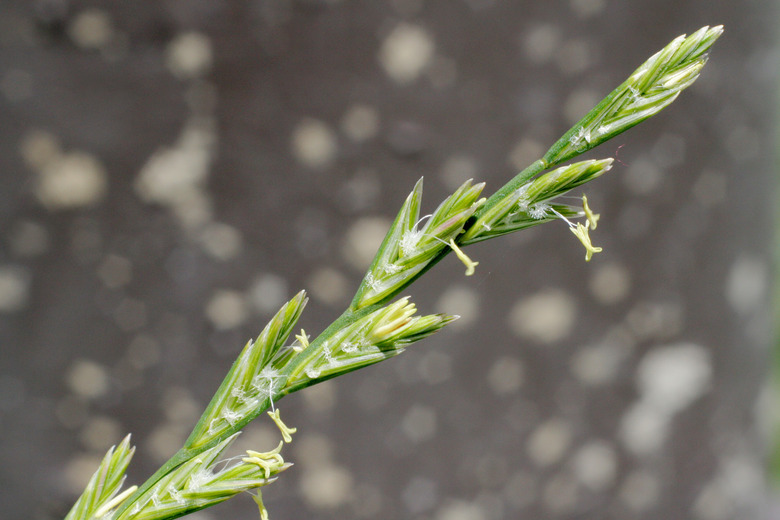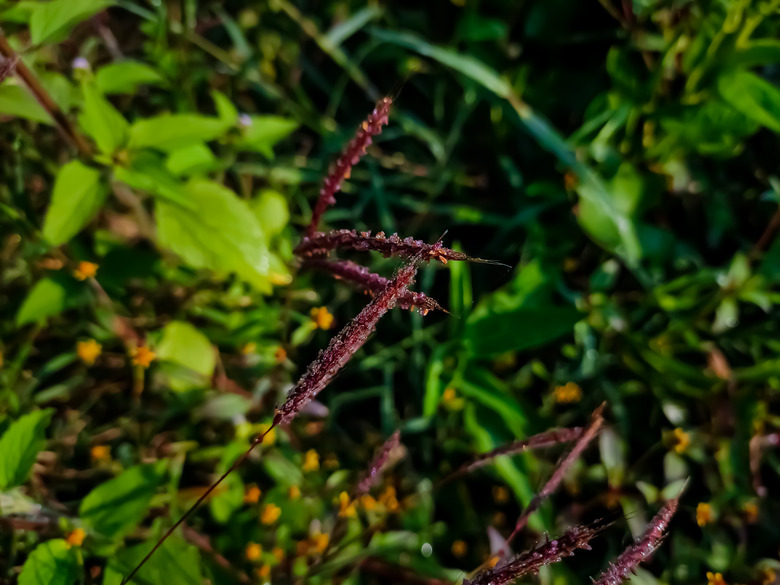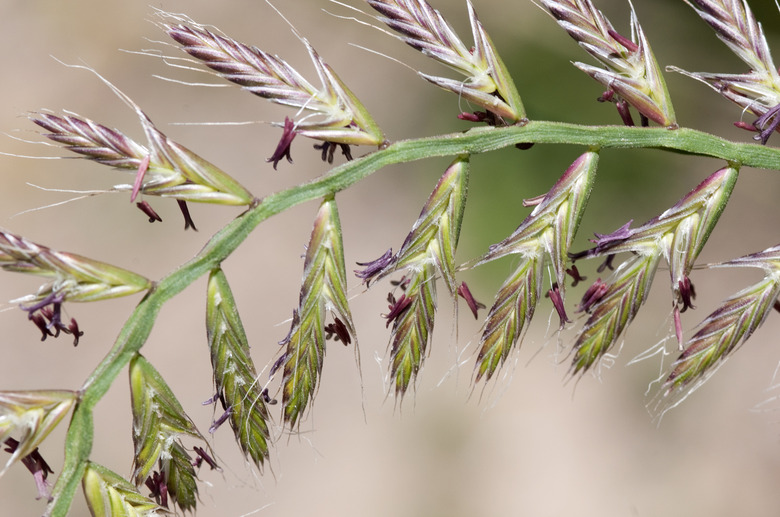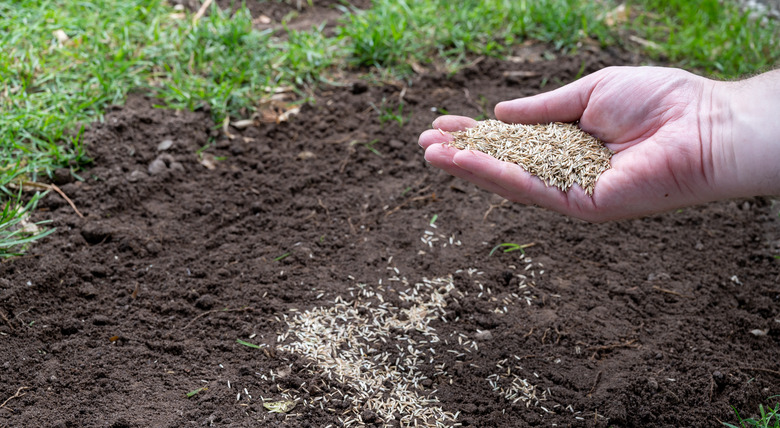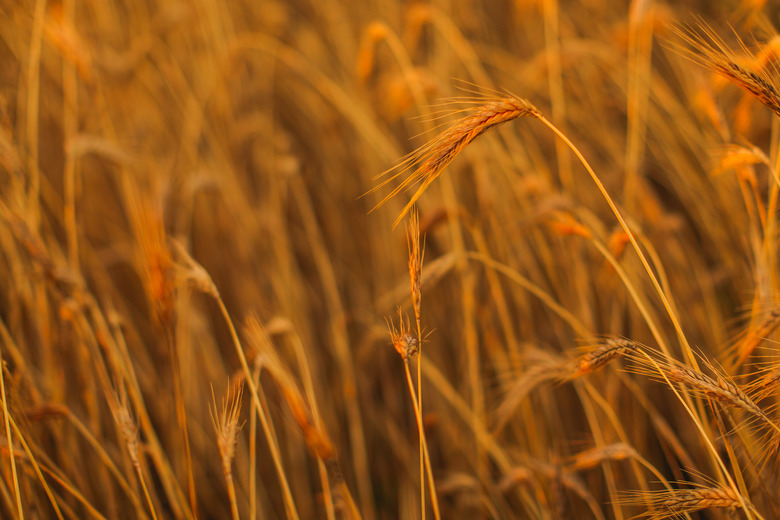A Guide To Different Types Of Ryegrass
Dozens of grass species share the name "ryegrass" or "rye grass," including a handful of common species belonging to the genera Lolium and Elymus. Some annual and perennial ryegrass species are grown as livestock feed and erosion control plants, while others make resilient turf lawns.
**Most ryegrass types also have the potential to become noxious weeds if they escape cultivation,** because they spread quickly and can overtake the surrounding landscape.
Tip
Ornamental ryegrass types are not to be confused with cereal or edible rye (Secale cereale), which is an annual grass grown for its nutritious and flavorful grains.
About Perennial Ryegrass
Perennial ryegrass species grow and produce leaves year round. One common perennial ryegrass species is Lolium perenne, which is known variously as darnel, Italian ryegrass, English ryegrass and simply perennial ryegrass.
Perennial ryegrass grows best in USDA hardiness zones 5 to 7, where it will reach a mature height of roughly 3 feet. It is a cool-season grass grown as animal feed and is also used to overseed lawns during the winter months in warmer climates. However, it can become weedy under favorable conditions and should be kept mowed to prevent seed formation.
Another cool-season perennial grass is Virginia wildrye or ryegrass (Elymus virginicus), which grows in USDA zones 3 to 8. It tolerates a wide variety of soil pH levels and types, but grows best in loamy, well-draining soil.
Virginia wild ryegrass produces tillers, which are shoots that spread laterally from the base of the stem. Although they are not the same as rhizomes or stolons, tillers produce a similar type of growth that allows this grass to spread quickly into the surrounding landscape.
Tip
The spreading nature of perennial ryegrass makes it suitable for erosion control.
About Annual Ryegrass
Annual Italian ryegrass (Lolium multiflorum) or winter grass is a common type of annual ryegrass. It is a winter annual or biennial grass that grows in USDA hardiness zones 4a to 9b, where it is sometimes grown as turfgrass or a cool-season lawn grass.
One common application for annual Italian ryegrass seed is overseeding less-desirable annual grasses such as crabgrass (Digitaria sanguinalis). Its fast germination and growth allows annual Italian ryegrass to out-compete crabgrass, but it does not grow well in areas with harsh winters or hot, dry summers.
Warning
Annual Italian ryegrass tends to be weedy and can become invasive if it is allowed to set seed in early spring, particularly in temperate climates.
About Ryegrass Lawns
A permanent lawn of established ryegrass is relatively low maintenance and will withstand plenty of foot traffic, which is what makes it such a popular grass for athletic fields. However, most rye types are not very tolerant of high soil and air temperatures and require consistent watering.
It is a good idea to overseed rye lawn grass with seed from warm-season grass varieties or use grass seed mixes with both types to keep the lawn green year round.
Growing Ryegrass Lawns
Unlike many other types of grasses, annual and perennial ryegrass seed should be sown twice to ensure a thick, healthy thatch of grass—once in late summer or early fall and again in early spring. It is best to prepare the planting site six months before sowing the seed, so that the soil has time to settle before planting a new lawn, which will give you a more even surface.
1. Amend the entire lawn bed to a depth of 4 to 6 inches with a 2-inch layer of well-rotted manure compost or another organic compost that is high in nitrogen. 2. Broadcast the seed across the prepared bed. Cover the seed with a 1/4- to 1/2-inch-thick layer of soil or lightweight mulch to keep the seeds moist as they germinate. 3. Keep the area moist but not soggy during the germination process. Ryegrass grass seed germinates best when soil temperatures are between 50 and 65°F, but it will also sprout at warmer temperatures.
The best time to mow a newly-seeded ryegrass lawn is once it reaches a height of 4 inches, so wait two to three months before attempting to mow. Set the mower blade to 2 1/2 inches, which will give a tidy appearance while still allowing the grass enough length to shelter its roots.
About Cereal or Edible Rye
Few people have the space for growing cereal rye at home as a grain crop, so it is not a plant found in most gardens. Although it is grown primarily for its edible grains, this species can also be used for erosion control at home in a way identical to ornamental types of ryegrass such as annual Italian ryegrass and perennial ryegrass.
Warning
Cereal rye is listed as a noxious weed in several states.
Cereal rye is a tall grass species that can reach 3 to 6 feet in height with an upright growth habit. It produces elongated flower spikes called heads that produce the grain that this species is known for. The heads offer some ornamental value, but the seeds inside can cause this species to become invasive because they germinate easily once dropped onto the soil.
